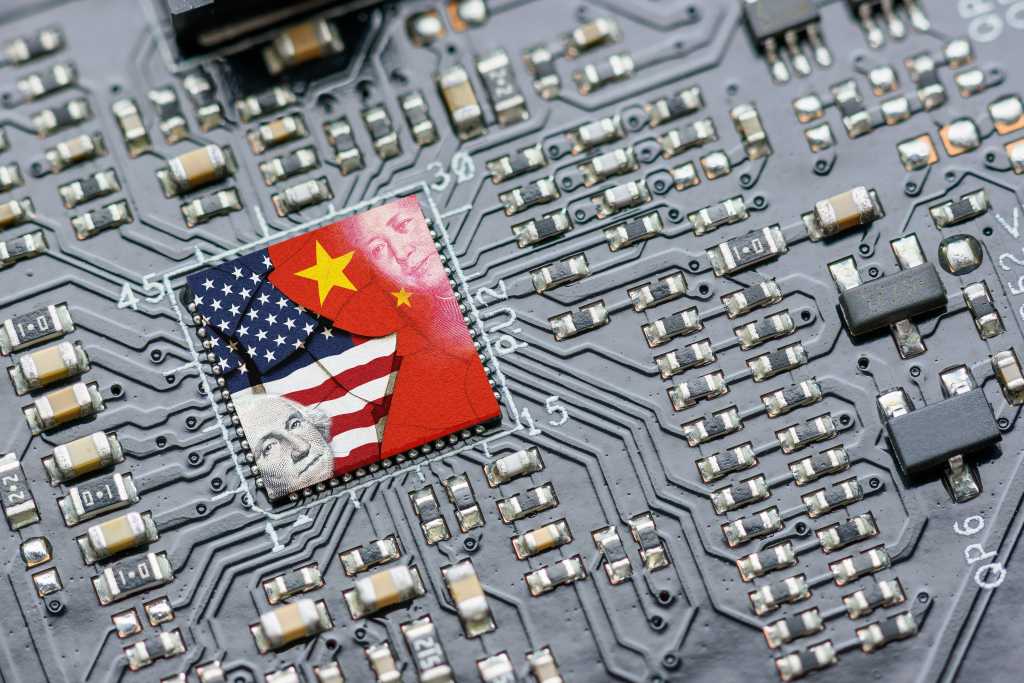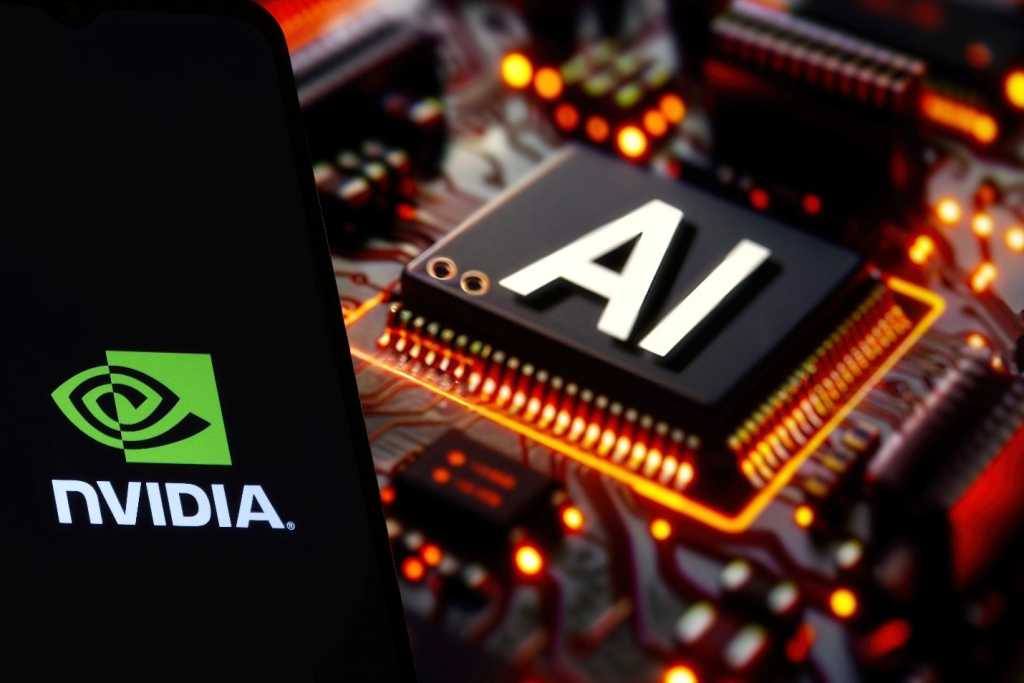
A release posted on the UK government website on Monday announced that Dan McGrail has been appointed as the permanent Chief Executive Officer of Great British Energy.
McGrail will be based in Scotland, working from the Aberdeen headquarters, on a permanent contract with Great British Energy, the release noted, highlighting that he took up the post of interim CEO in March on secondment from RenewableUK.
“His appointment brings world class private sector experience to Great British Energy, with the former Chief Executive of RenewableUK and CEO of Siemens Engines now leading the UK’s publicly owned clean power revolution,” the UK government release stated.
“Under his stewardship as interim CEO for the last four months, he has helped rapidly set up the company,” the release added.
“This includes announcing GBP 1 billion ($1.36 billion) for Great British Energy to invest in clean energy supply chains such as electric cables and floating offshore wind platforms to ensure the clean energy revolution is built here in Britain,” it continued.
In the release, McGrail said, “it is a privilege to take on the CEO role permanently and lead Great British Energy from our Aberdeen HQ at such a pivotal moment”.
“We are already delivering for British people, with schools and hospitals set to benefit from cheaper energy bills,” he added.
“We will now focus on scaling up as Britain’s publicly owned energy company, making strategic investments that drive forward the government’s clean power mission and give people a stake in clean energy,” he went on to state.
UK Energy Secretary Ed Miliband said in the release, “Dan has been a visionary leader as Great British Energy’s interim CEO and will bring world class private sector experience to our publicly owned clean power company”.
“Great British Energy is at the heart of our clean power mission and Plan for Change and is investing in clean energy supply chains to create manufacturing jobs here in Britain,” he added.
“I look forward to working with Dan to unleash the benefits of clean energy, driving growth and new jobs in communities,” Miliband continued.
RenewableUK’s Deputy Chief Executive Jane Cooper stated in the release, “we wish Dan all the very best in his crucial role leading Great British Energy, which he has spent the last few months setting up so successfully”.
“Although he will be greatly missed by everyone at RenewableUK, his leadership skills and vision, backed by a highly capable team, have left us in the strongest possible position to thrive as we continue to expand our membership and champion the sector,” Cooper added.
The UK government’s release highlighted “the appointment in January of five new non-executive directors to join [Great British Energy] Chair Juergen Maier on the company’s start-up board”.
A statement posted on the UK government’s site on January 17 announced that five non-executive directors had been appointed to Great British Energy’s start-up board “in another step forward for the new, publicly owned energy company that will own and invest in clean energy projects across the UK”.
That statement revealed that the five new start-up non-executive directors joined Great British Energy’s board on initial contracts of between 18 months and two years. The directors comprise Frances O’Grady, Frank Mitchell, Kate Gilmartin, Nina Skorupska, and Valerie Todd, the statement showed.
O’Grady was general secretary for the TUC between 2013 and 2022, as well as former deputy general secretary from 2003, a bio section included in the statement noted, adding that O’Grady is a member of the House of Lords and has previously held positions at the Transport and General Workers Union.
Mitchell is the former CEO for SP Energy Networks, Chair of Skills Development Scotland and Non-Executive Director of Scottish Rugby Ltd, as well as a member of the Scottish Energy Advisory Board, the bio section stated, noting that he has worked internationally in the energy sector for 35 years.
Gilmartin is the CEO of the British Hydropower Association and has a background in renewable energy and low carbon project development, the bio page stated. Skorupska is the former chief executive of the Association for Renewable Energy and Clean Technology (REA), the page highlighted.
Todd was described on the bio page as “an HR professional with extensive experience across the private, public and third sectors”. The bio page notes that Todd was previously the director of people and organization at Siemens plc, and a former talent and resources director at Crossrail and managing director at Transport for London.
In a release sent to Rigzone by the UK Department for Energy Security and Net Zero (DESNZ) back in February, the organization announced that McGrail had been appointed as the interim Chief Executive Officer of Great British Energy.
Rigzone asked DESNZ in February if it had a timeline to appoint a permanent Great British Energy CEO and if McGrail could go on to become the permanent Great British Energy CEO. In response, a DESNZ spokesperson told Rigzone at the time, “Dan will be in post for six months as interim CEO with a possible extension to nine months – during this time we will be recruiting the permanent CEO to take over the position”.
To contact the author, email [email protected]






















